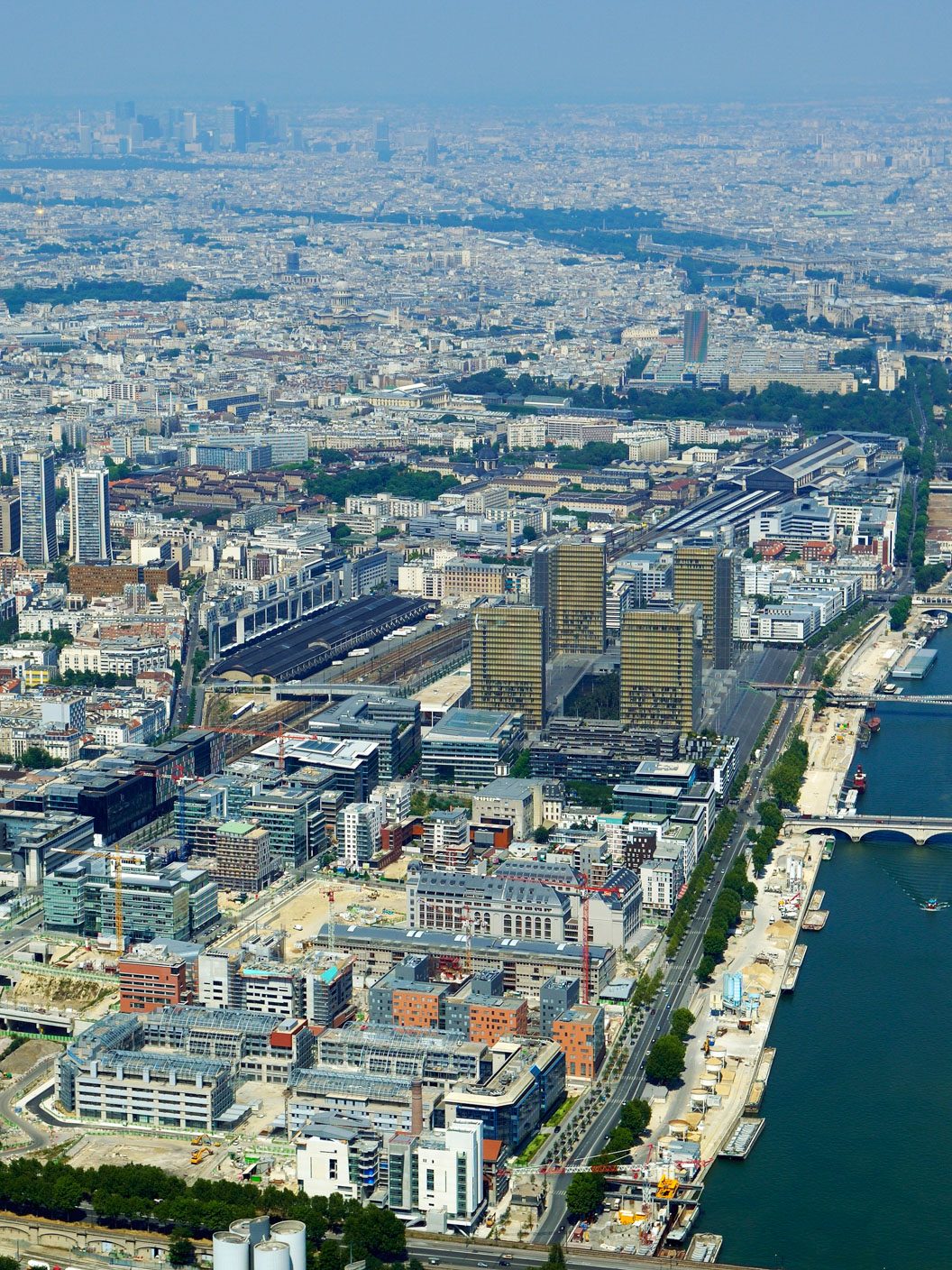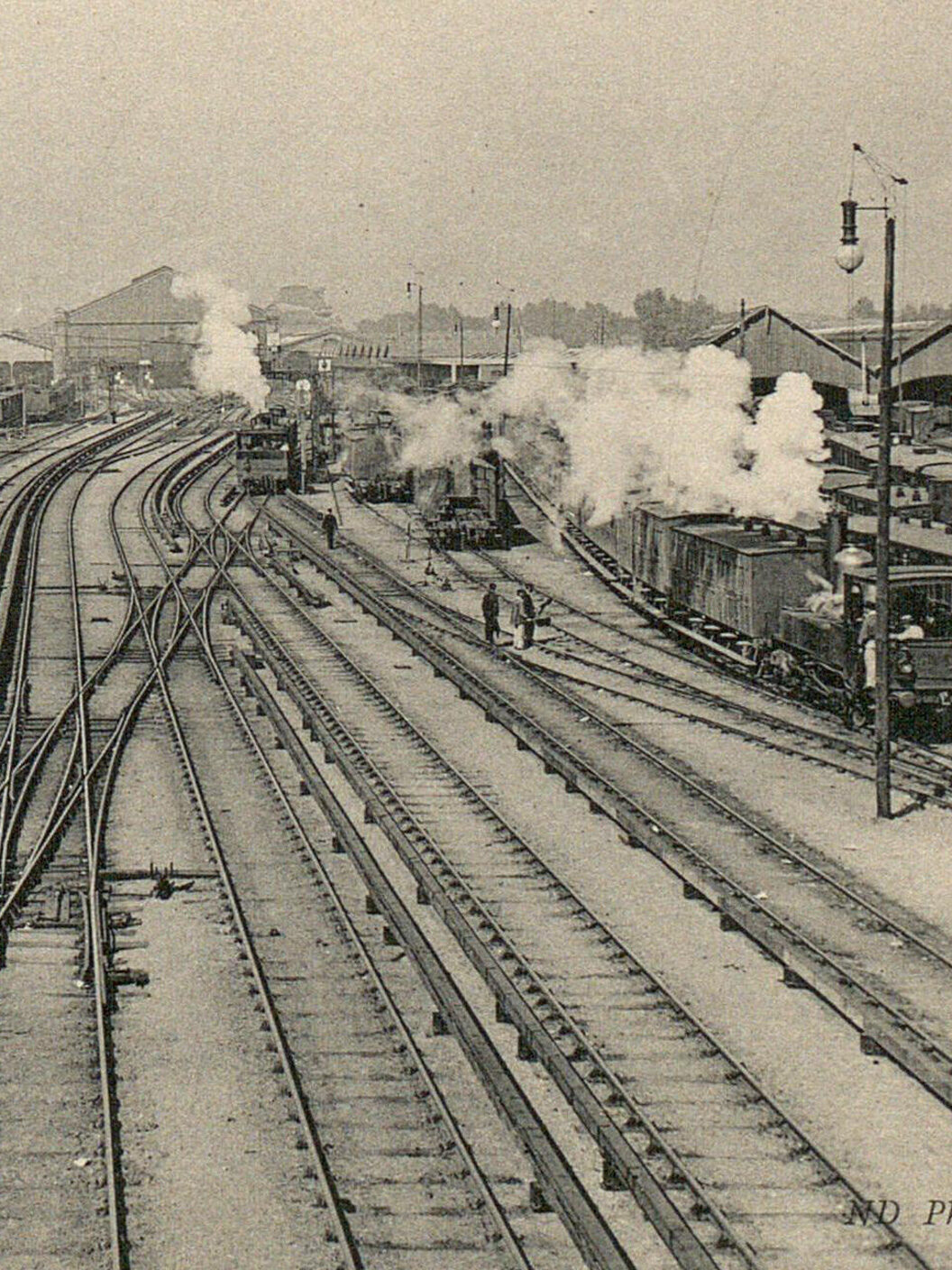
From the Industrial Revolution to the 1990’s
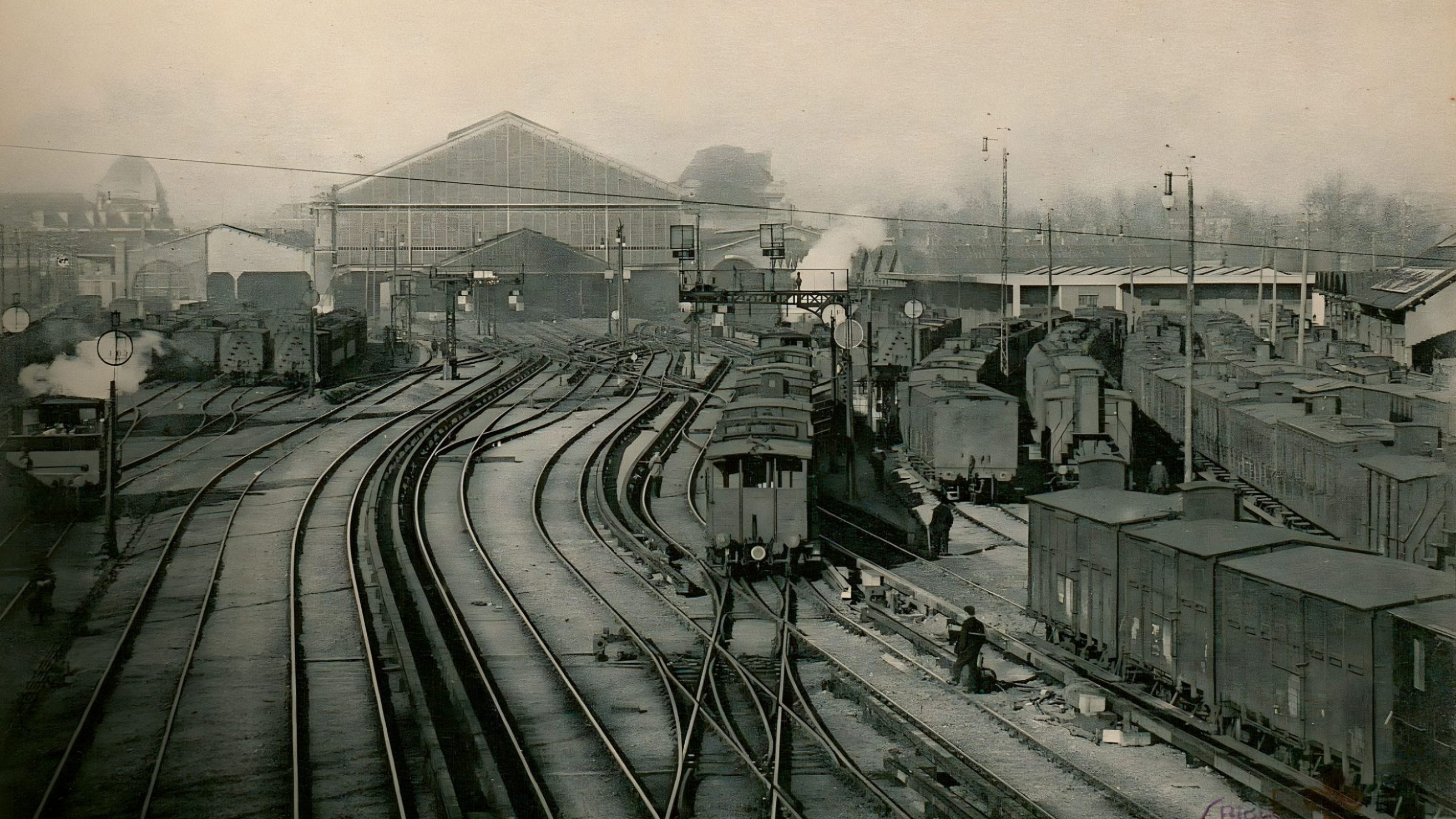
The railway has played a central role in the development of the district and its vocation as an industrial site. A first railway platform was installed in September 1840 for the opening of the Paris-Juvisy line that would subsequently be extended to Orléans in May 1843.
La Salpêtrière: from hospice to hospital
It all began in 1612 when Maria de’ Medici, wife of King Henri IV, set up the hospice Notre-Dame de la Pitié (Our Lady of Pity) on the site of a former jeu de paume court (occupied by the Paris Mosque since 1926). A few years later, her son Louis XIII chose this site for ‘Le Petit Arsenal’ or ‘Salpêtrière’, where saltpeter, an essential ingredient in the making of gunpowder, was produced. In 1656, Louis XIV signed a royal edict concerning the creation of a “general hospital for the confinement of the poor of Paris.” This institution, responsible for the internment of beggars, outcasts and vagrants, would have three establishments: La Pitié for children, Bicêtre for men, and La Salpêtrière for women. For two centuries, La Salpêtrière was simultaneously an asylum, hospice, prison, and reformatory… but not a hospital in the modern sense of the word. On the eve of the French Revolution, it had nearly 8,000 residents, frequently kept locked up in appalling conditions. During the 19th century, La Salpêtrière was gradually transformed into a real place of health care. The 20th century saw further changes: the closure of the lunatic asylum in 1921, and that of the hospice in 1968. In 1964, La Salpêtrière and La Pitié merged to form the largest hospital group in Europe covering a surface area of 33 hectares, with more than 1,700 hospital beds, and approximately 7,800 people working on the site.
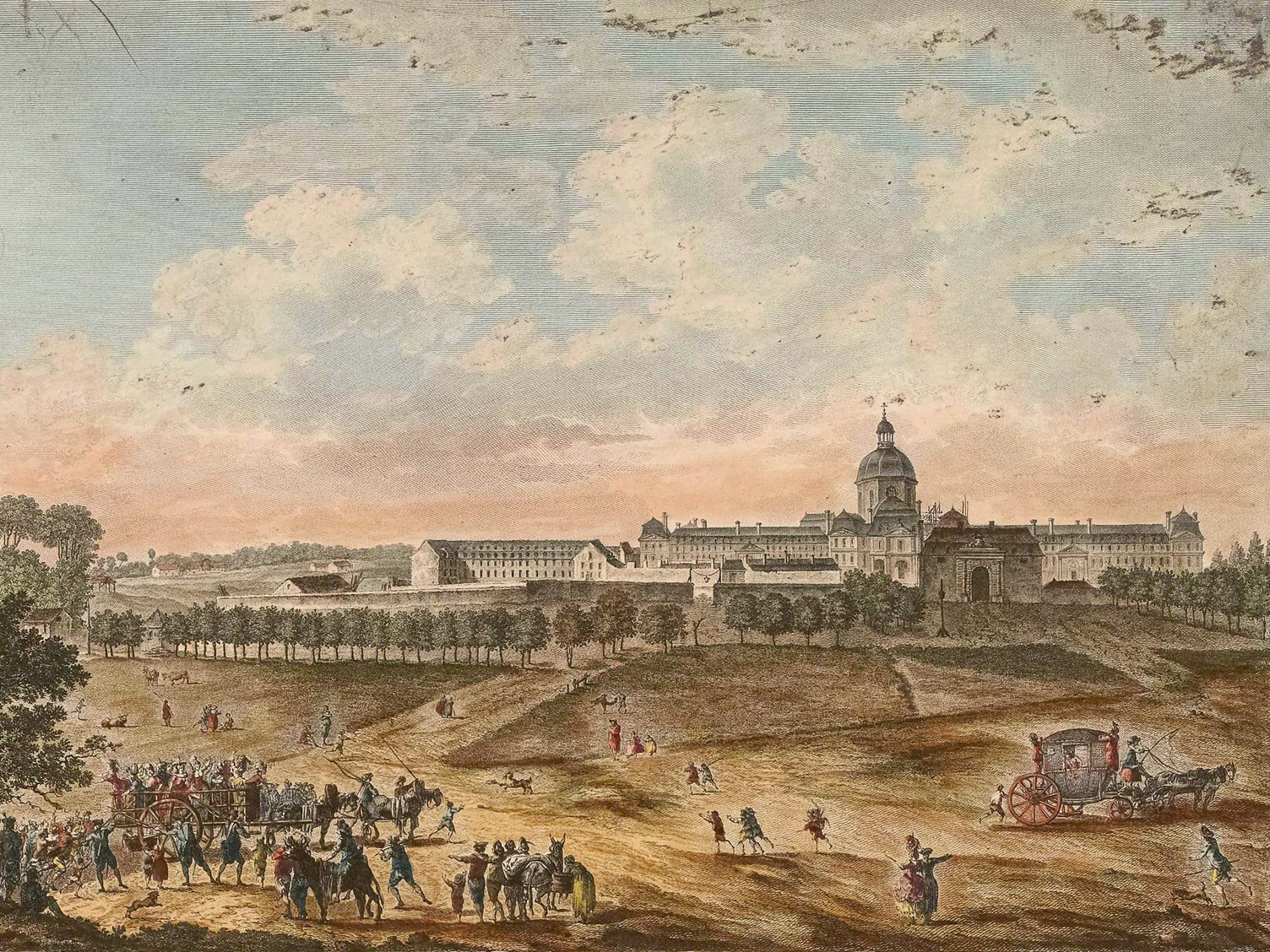
An offensive fence!
Controlling movement into Paris, taxing the merchants, preventing enemies from invading the city: over the centuries, a series of walls were built for various purposes.
At the end of the 18th century, the wall of the Farmers-General was built, making it possible to levy tolls on goods entering the city (area shaded pink on the map below). This highly unpopular construction was the cause of numerous disputes, as recalled by this anonymous alexandrine: “Le mur murant Paris rend Paris murmurant” (The fence around Paris is an offense to Paris). In 1840, the defensive policy adopted by the government of Adolphe Thiers led to a new project: the creation of a 33-kilometer long wall to protect Paris in the event of war (line shaded red on the map below), running between the current boulevards des Maréchaux and the route followed by the ring road. These ‘fortifications’ (known as fortifs) – which, as it turned out, wouldn’t stop the Prussians from bombarding Paris starting in December 1870 – were pulled down between 1919 and 1929. Ultimately, the railway tracks and Paris ring road would define the limits of the district, cutting it off from the Seine on the one side and from the neighboring town of Ivry on the other.
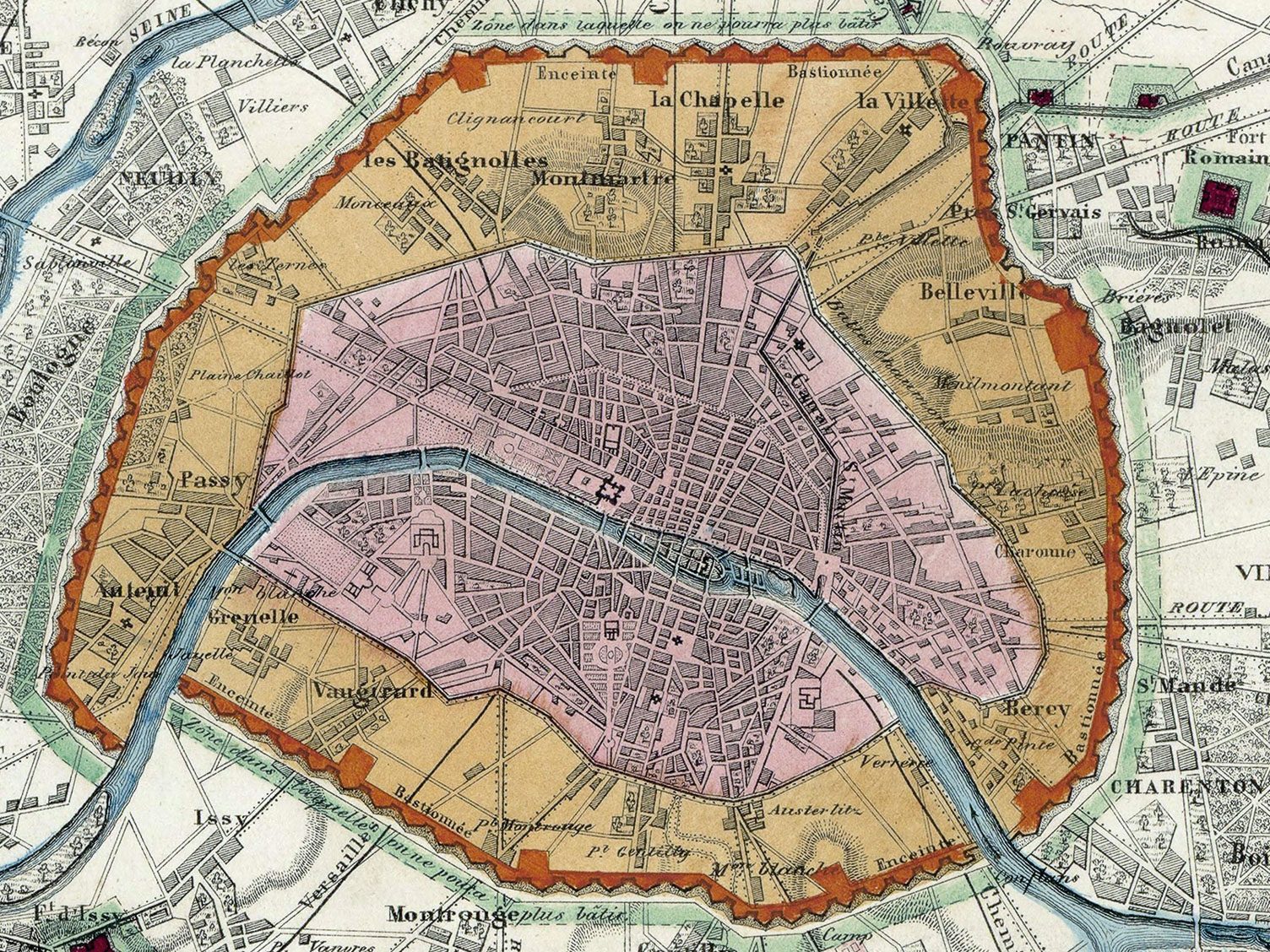
Intensive industrial development
It was in the 19th century that the district became truly industrialized. In 1829, the opening of the Paris-Basel road encouraged the setting up of factories of all sizes. In 1840, the construction of the Gare d’Austerlitz railway station – initially known as the ‘Orleans railway station’ – confirmed this new vocation for this part of Paris.
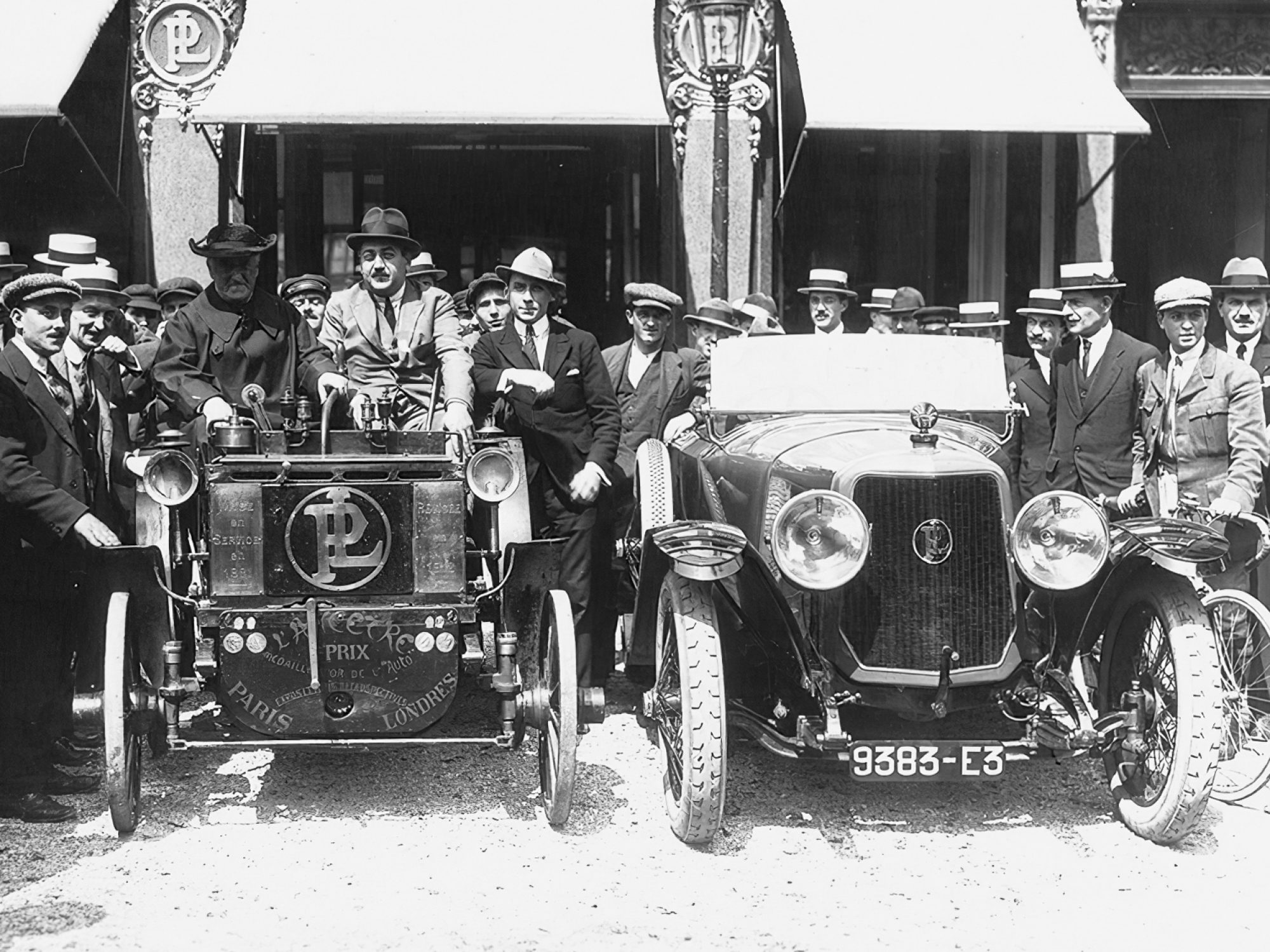
Located between the Choisy post office and the Porte d’Ivry, the Panhard & Levassor factory was specifically created to manufacture automobiles. In 1991, the end of boulevard Masséna was renamed Panhard-Levassor on the occasion of the centenary of the sale of the first car to leave their workshops.
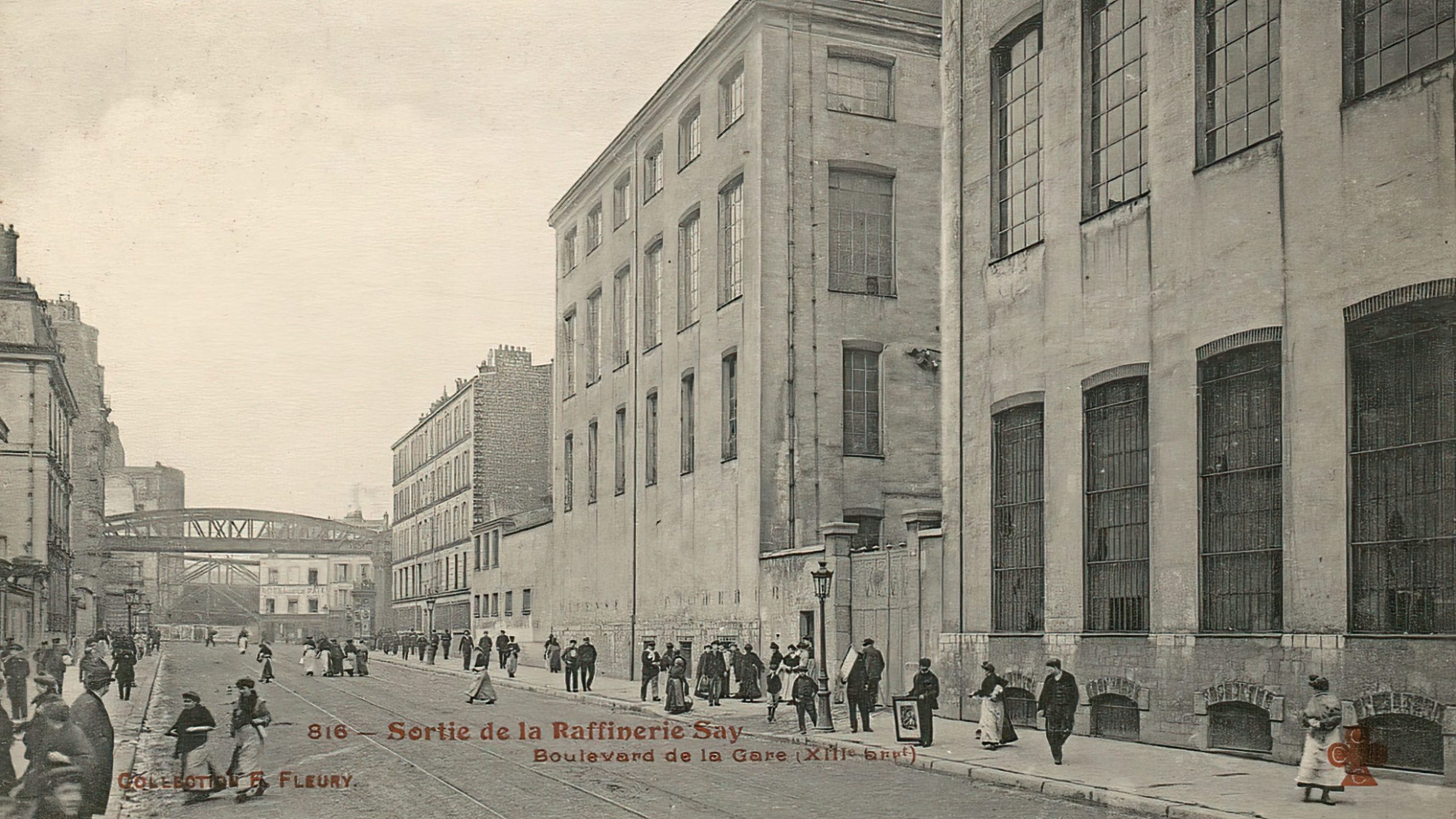
In 1832, Louis Say bought a large piece of land worked by market gardeners and horticulturists on the plain of Ivry. He built the Raffinerie de la Jamaïque (Jamaica Refinery) to produce sugar that the workers shaped into ‘sugar loaves’. The factory remained in operation for 135 years and still employed nearly 800 people when it closed in 1968. Nothing remains of what was once one of the most extensive industrial complexes in Paris, except for its name square Say.
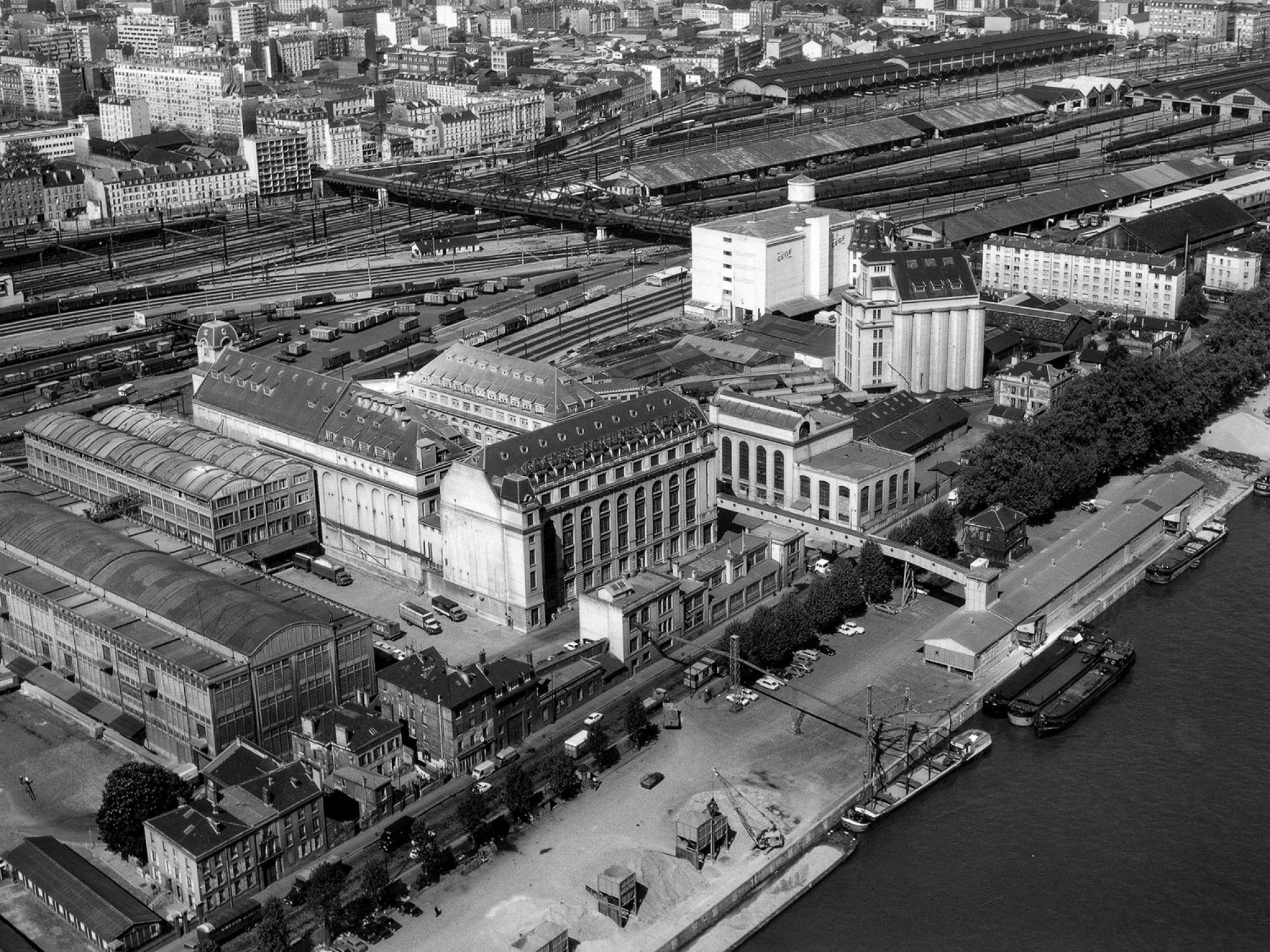
The Société des Grands Moulins (Large Flourmills Company) was founded in 1916 to improve food supply to the capital. From 1917 to 1921, a vast site was built that included silos, a flourmill, stores, a bag production unit, and a cleaning building. This site was thought to be the world’s largest flourmill with a capacity of 1,700 tons of wheat grinding per day. In 1996, the activities of the Grands Moulins de Paris were moved to Gennevilliers in the northwest suburbs of Paris and to Verneuil-l’Étang in the Île-de-France region. Most of the buildings in Paris were demolished, except for a large quadrangle and La Halle aux Farines (Flour Hall) currently used to house the University of Paris-Cité.
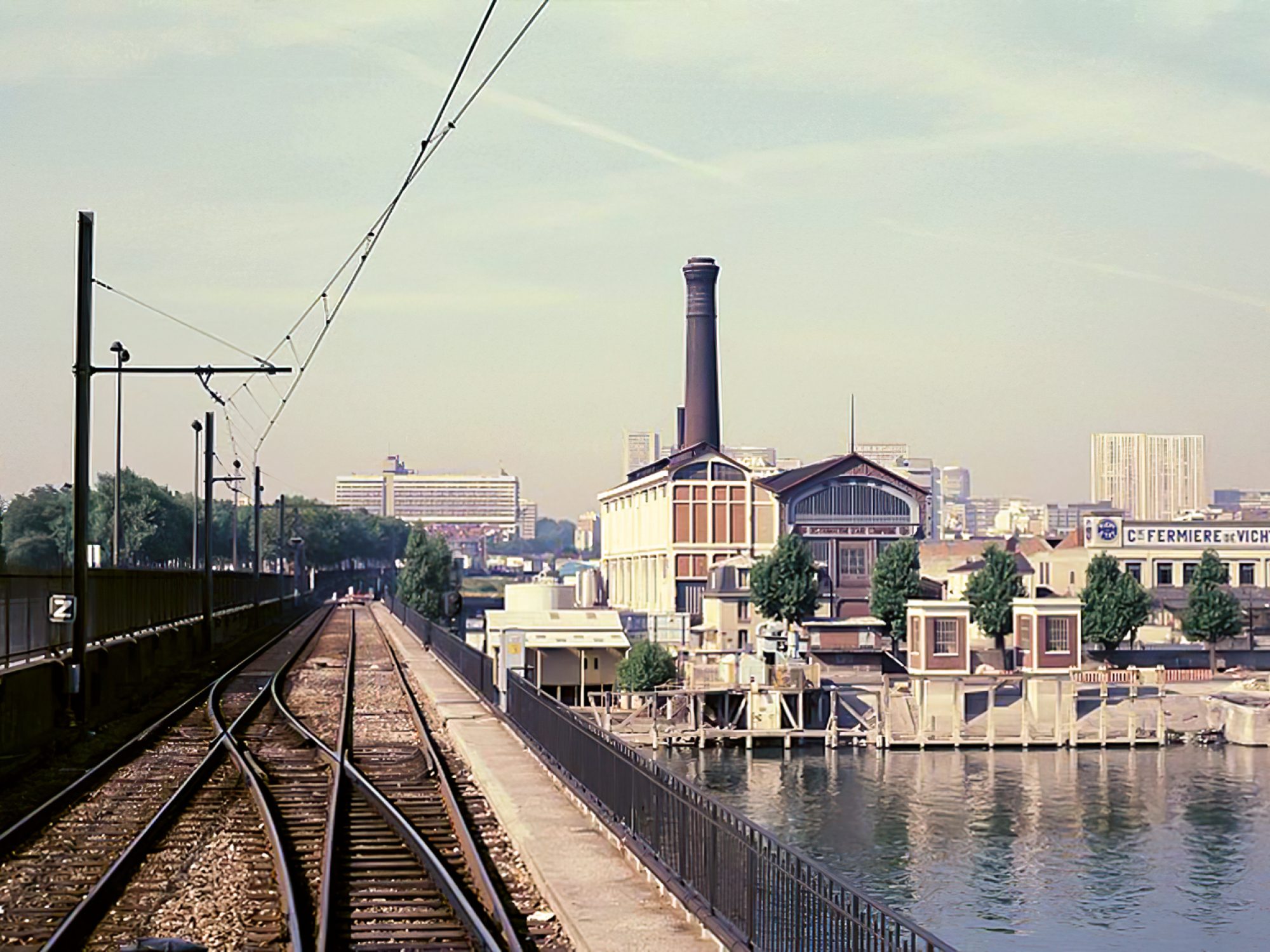
Commissioned in 1891, the factory of the Société urbaine de distribution d’air comprimé (Urban company of compressed air distribution) produced for more than a century compressed air for Paris and its immediate suburbs. Used in elevators, freight elevators, hoists, cranes, various pneumatic tools, and even clocks, this compressed air required large-scale infrastructures. “I didn’t know that you needed a chimney that big to compress air,” wrote the astonished author Jacques Réda in his book Le Citadin. Like the main buildings of the large flourmill company, the factory is now protected as a historical monument. It has housed a school of architecture since 2007.
Renovated buildings
For many years, the railway station was behind the construction of numerous workshops and warehouses necessary for its activities. Spared from demolition, a few of them have found new purposes and become exceptional places enjoying a reputation that extends far beyond the boundaries of the district.
Brought into service in 1921, the railway refrigerated warehouses locally nicknamed Les Frigos, were used to store food before it was transported to the Les Halles fresh produce market in Paris. In 1971, the transfer of Les Halles to Rungis in the suburbs south of Paris made these warehouses redundant. Left unused for several years, Les Frigos were given a new lease on life when the SNCF national railway company decided to rent these vast industrial premises out to artists. In the 80’s, the space even became one of the capital’s key venues for contemporary art, a fashionable place where major names like Miles Davis or Madonna came to perform. Les Frigos are now completely renovated and continue to house a large number of designers’ and architects’ studios.
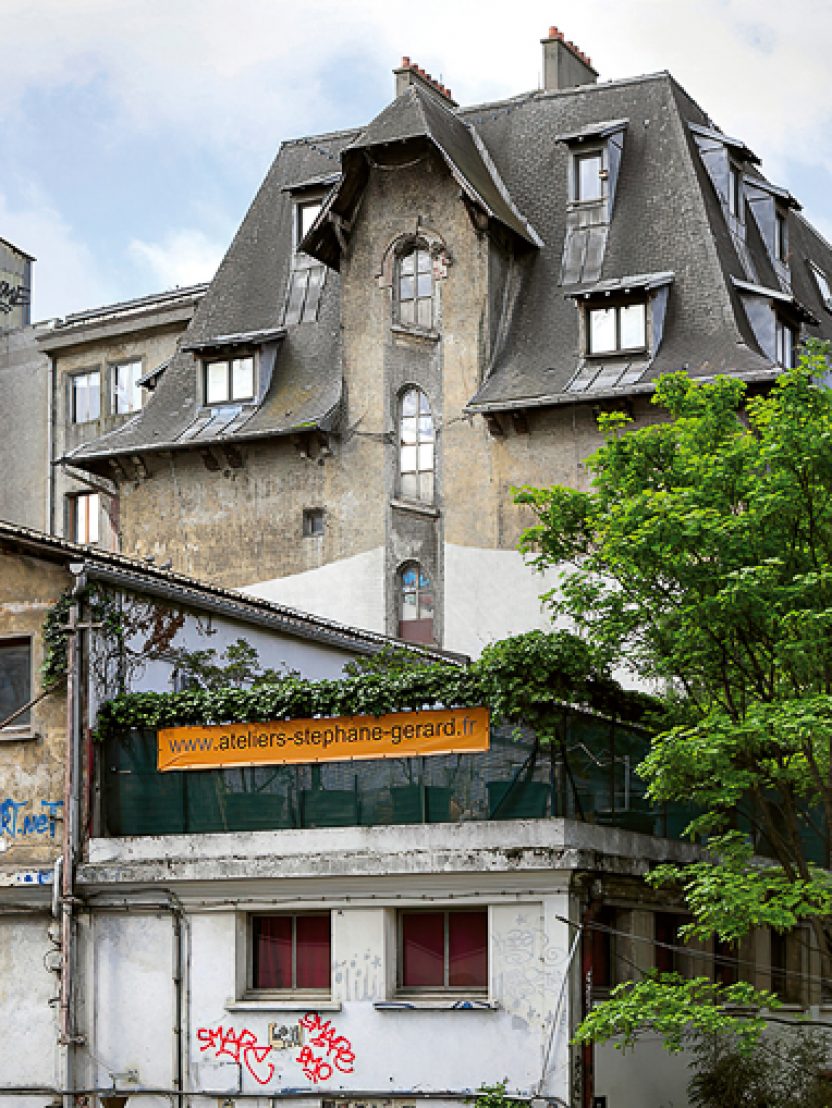
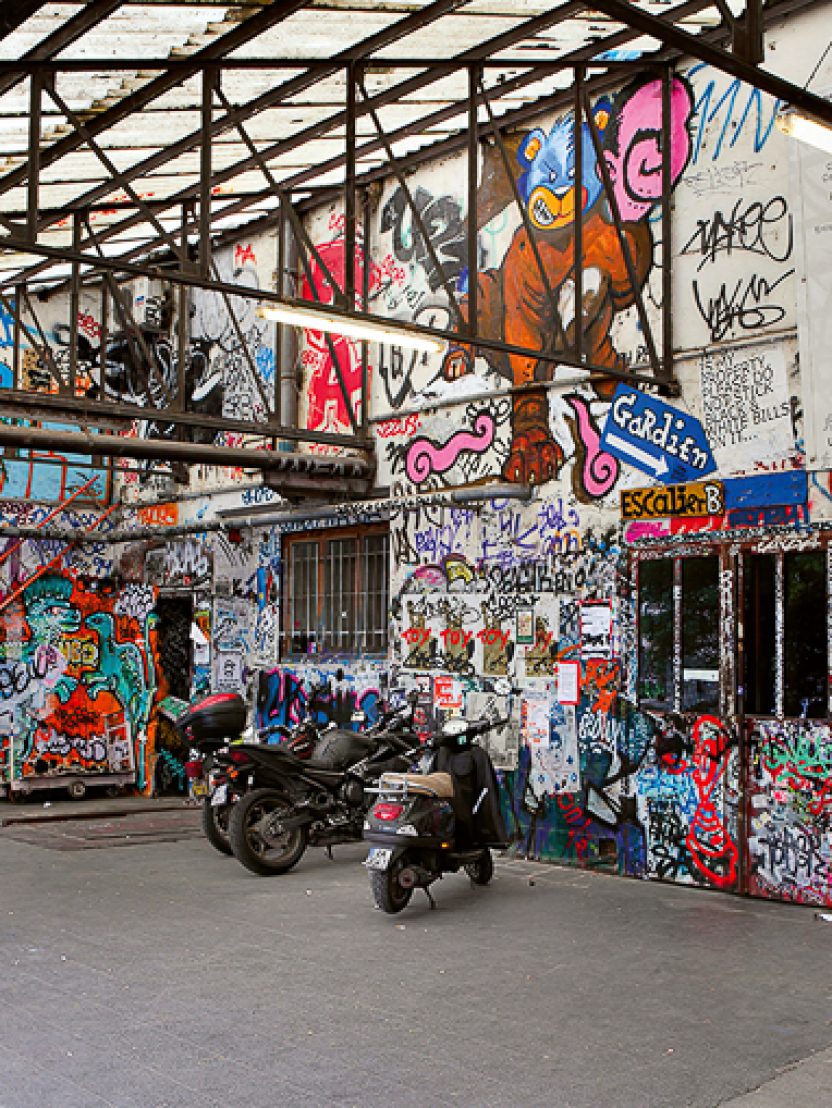
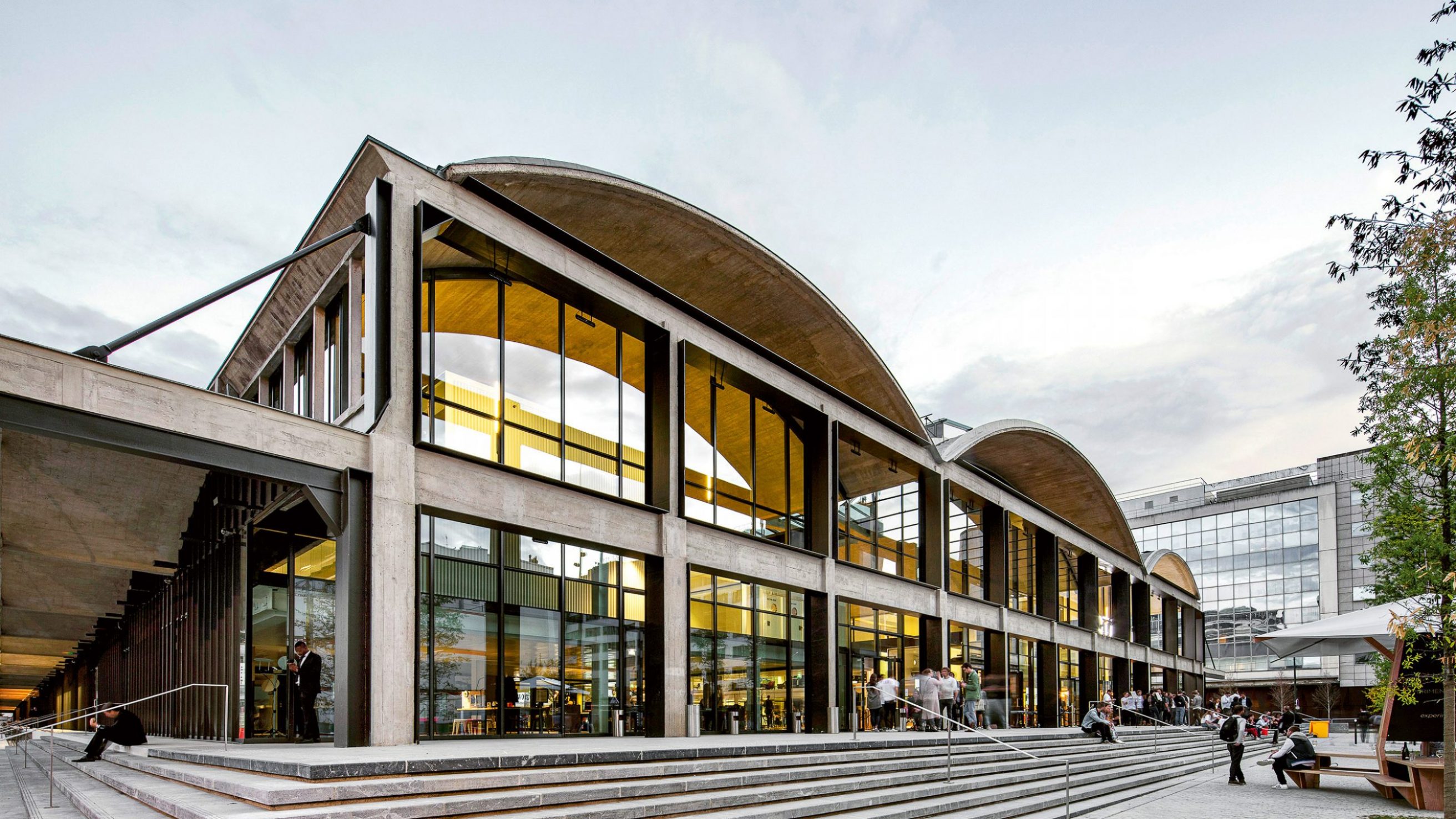
The Halle Freyssinet
The Halle Freyssinet is a former railway building used to house the parcel or merchandise routing activities of the Gare d’Austerlitz station until 2006. Listed as a historical monument, it has been home since 2017 to Station F, the world’s largest digital start-up campus welcoming a total of 3,000 entrepreneurs and 1,000 start-up companies. Groupe BPCE staged its first anniversary celebrations there.
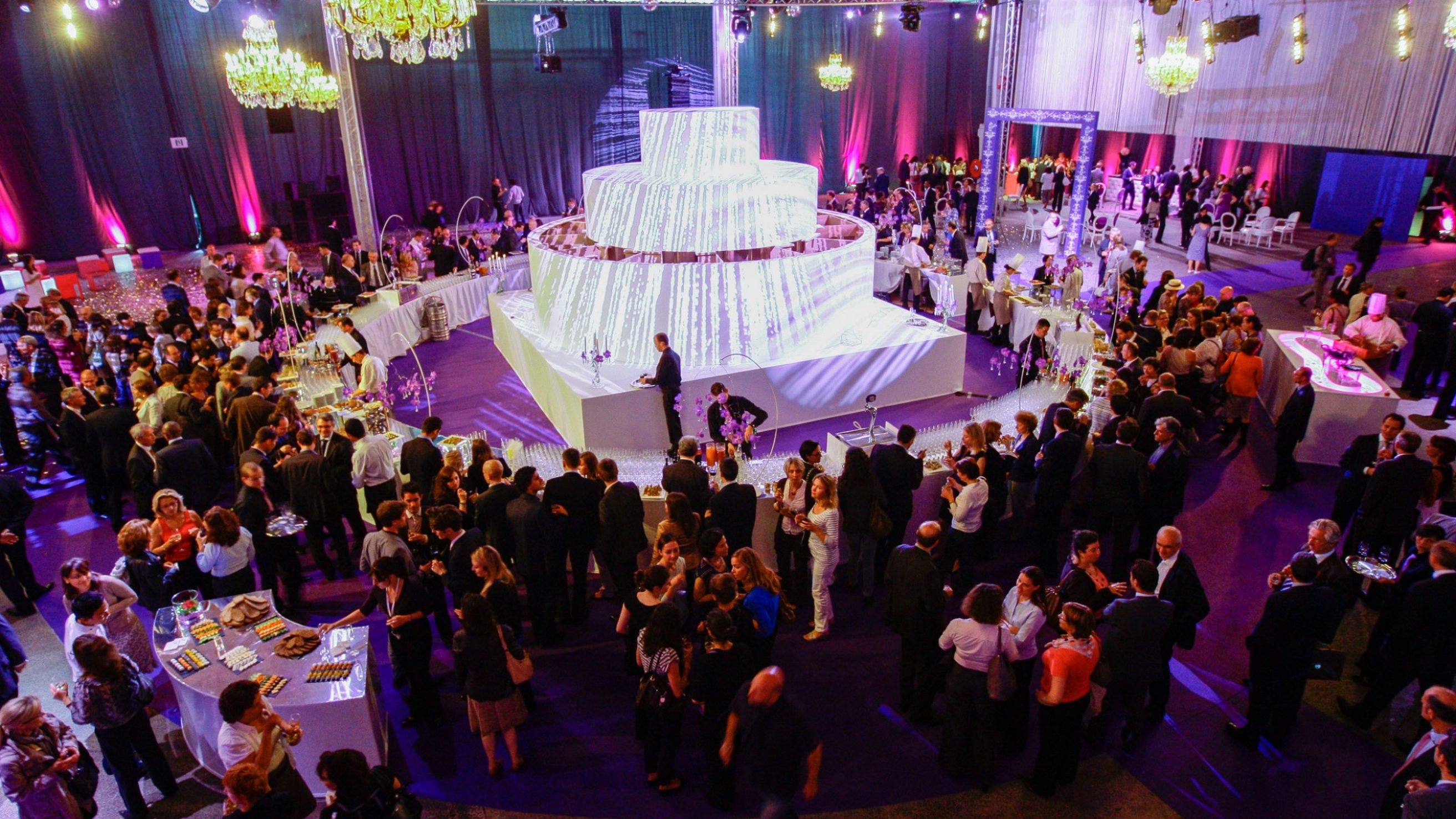
Groupe BPCE is celebrating its first anniversary at the Halle Freyssinet on 21 June 2011.
